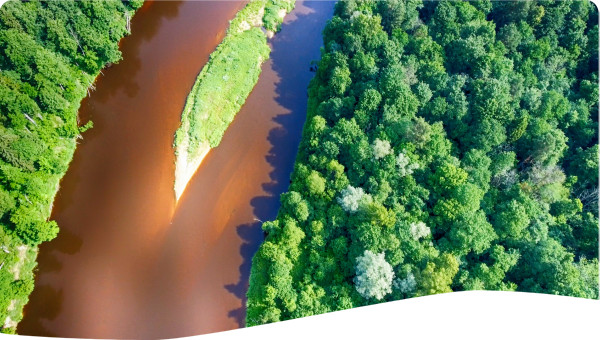The Black Sea covers an area of 423,000 km2, is over 2 km deep and drains an area of 1.9 million km2 (one-third of continental Europe) containing over 160 million inhabitants. The coastal zone1 contains a population of some 20 or 39 million people, depending on whether the Istanbul administrative unit is included in the total. This has a short Black Sea coastline. The Sea has six coastal countries: Bulgaria, Georgia, Romania, the Russian Federation, Turkey and Ukraine. The Sea is enclosed by land; its only connection with the World’s Oceans being via the Turkish Bosphorus Strait, which links it with the Mediterranean (via the Sea of Marmara). Some 90% of the Sea is naturally anoxic (contains no oxygen), but the top 150 m layer represents an area of great biological productivity, providing the employment basis for hundreds of thousands of people. This report represents the second Black Sea transboundary diagnostic analysis (TDA), the first of which was produced in 1996. It assesses the environmental status of the Sea, focusing on the major transboundary problems, their causes and what should be done to improve its status in the future. The structure and content of this document are different to that of the 1996 TDA, since guidance on TDA production has changed in the intervening years and instead of the original seven major transboundary problems, it now focuses on only four:
- Eutrophication/nutrient enrichment
- Changes in marine living resources
- Chemical pollution (including oil)
- Biodiversity/habitat changes, including alien species introduction
 Resource -
Resource -
